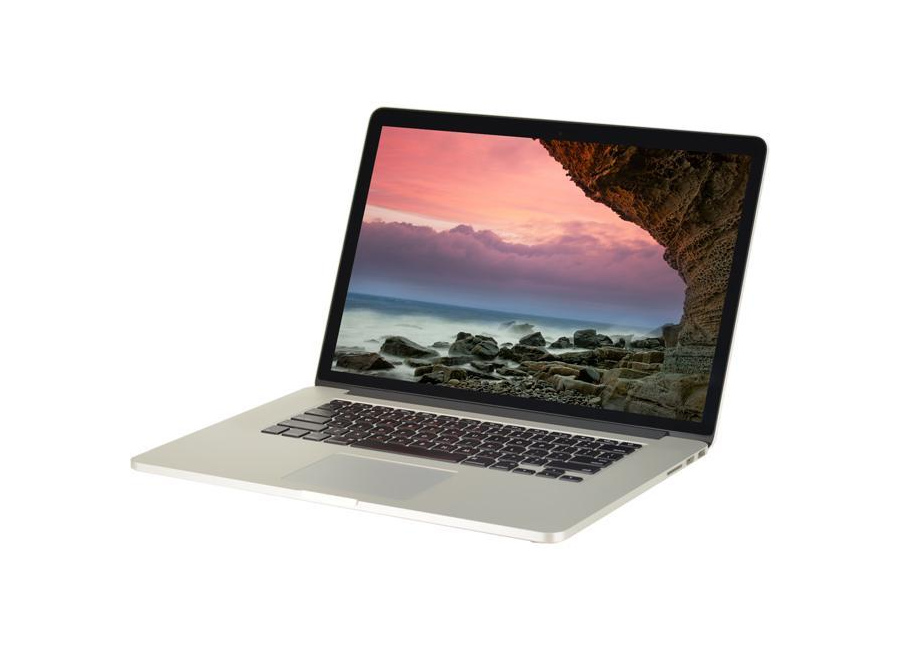

Here, you still just get the one, which doubles as a mini-DisplayPort output. Stereo speakers, headphone/microphone jacksĢ USB 2.0, 2 USB 3.0, SD card reader, eSATAĮthernet, 802.11n Wi-Fi, Bluetooth, optional mobile broadbandĪpple is clearly sticking with Thunderbolt, even upping the number of ports to two in the Retina Pro. Interestingly, both this and the Retina version are still 16:10 aspect ratio displays - some of the only laptops to keep that standard.
#INTEL 535 2012 APPLE MACBOOK PRO PRO#
Of course, even that resolution can't compete with either the 1,920x1,080 found on many premium Windows laptops, or the 2,880x1,800-pixel resolution on the MacBook Pro with Retina display. A 1,680x1,050-pixel display is a $100 option, and money well spent (plus, there's also an antiglare version of that higher-res screen). It's similar to the 1,366x768-pixel display you'll find on less expensive midsize Windows laptops, but anything even close to this price range should start off with a much higher resolution. The 1,440x900-pixel display is one of the few weak spots in this system. To turn it back on, look in the Universal Access settings menu, not the trackpad settings menu.) The tap-to-drag functionality is turned off by default. Many Windows laptops have added larger clickpads over the past year or so, with somewhat similar multitouch gestures, but none can yet compete with the MacBook's gesture implementation. The large glass trackpad, with its multifinger gestures, remains the industry leader.

It's still one of the best laptop keyboards, perhaps a close second to Lenovo for overall ease of use. Holding the Retina Pro side by side with this model, the only discernible differences are slightly shallower keys in the thinner Retina model, and a separate power button in the upper-right corner of the interior panel (on the Retina Pro, the optical drive eject button has been replaced by a power button). The keyboard and trackpad are essentially the same as those seen on the last several generations of MacBook Pros. This unibody chassis has the benefit of being thin, but strong and flex-free at the same time. The basic building block should be familiar by now: a solid chunk of aluminum, which is carved down into a shell with support struts. It's still one of the best overall laptop designs around, and still one of the thinnest full-power 15-inch models, but thanks in part to competition from ultrabooks (an Intel marketing program to design and promote thinner laptops across several screen sizes), Windows laptops are catching up quickly. While its internal components have been updated to include the latest hardware from Intel and Nvidia, the 2012 version of the 15-inch MacBook Pro looks and feels the same as previous iterations. That model is clearly the new flagship MacBook, while this 15-inch Pro exists to serve those who are tied to what Apple may consider legacy features - DVD drives, Ethernet cables, and even FireWire. That starts at $1,799 (as reviewed here), but is easily upgraded to $2,199 or more.Įxcept for the optical drive, higher storage capacities, and lower staring price, it's hard to think of a way in which the full-size MacBook Pro is superior to the new, thinner Retina Display version. The other is the same 15-inch MacBook Pro we've known and loved for a couple of years, but upgraded to Intel's third-generation Core i7 processors (both models have Nvidia graphics and USB 3.0 ports). One is nearly ultrabook-thin, with solid-state storage, an HDMI port, dual Thunderbolt ports, no optical drive, and a unique 2,880x1,800-pixel display. Despite the similar names, these are two very different beasts. That logic has shifted with the release of Apple's 15-inch MacBook Pro with Retina Display.


 0 kommentar(er)
0 kommentar(er)
